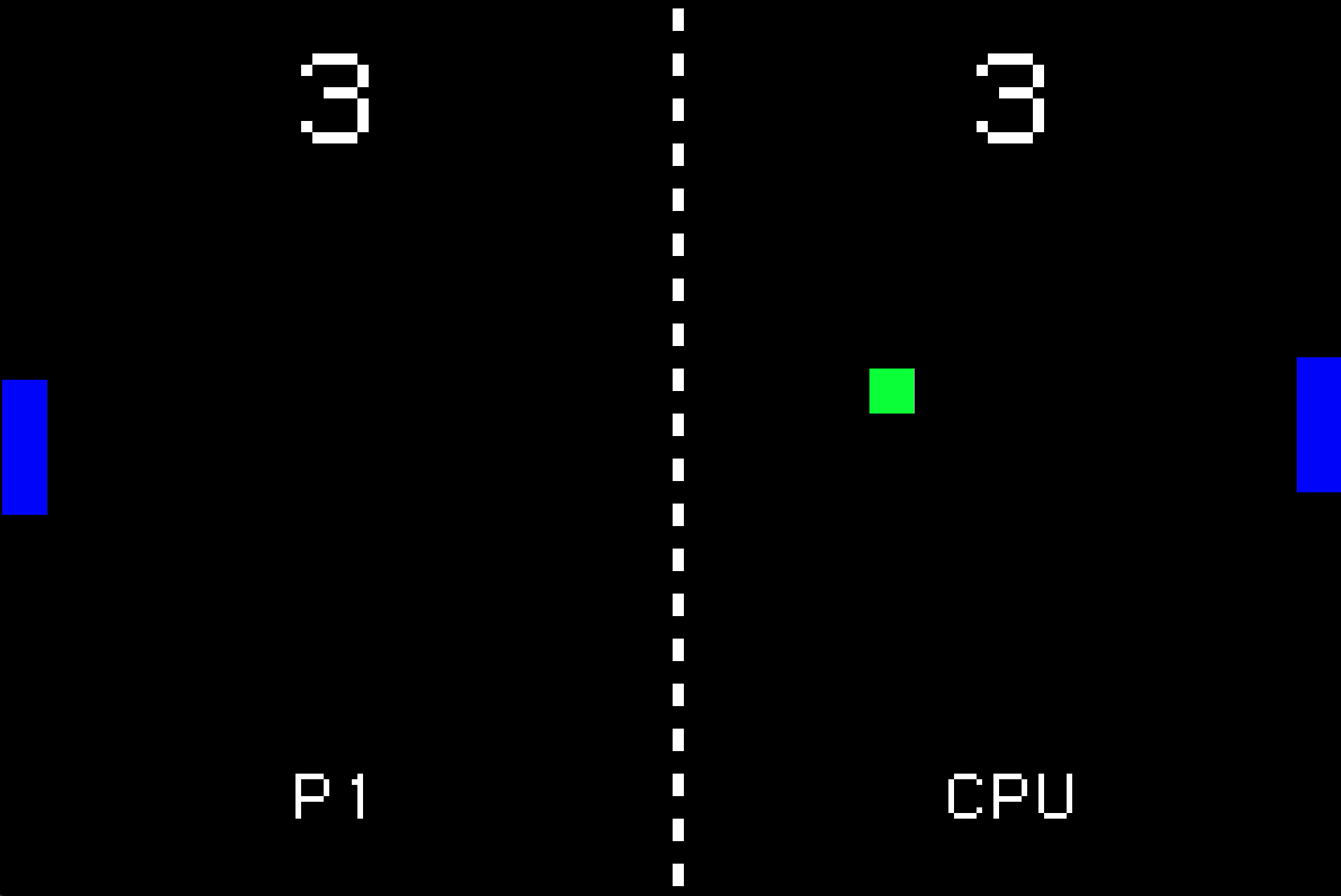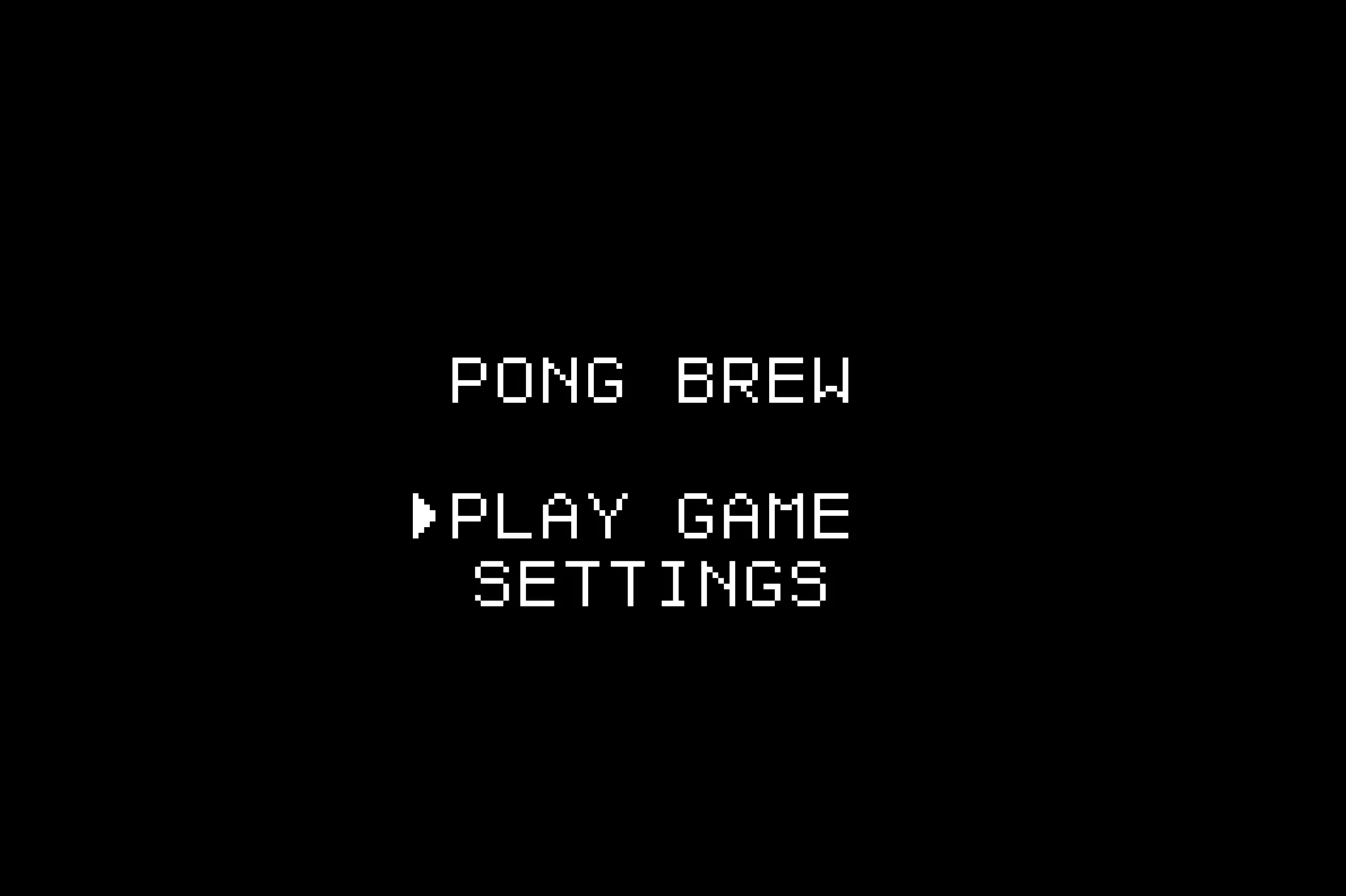Building Pong for the Nintendo Game Boy Advance
Video Tutorial
You can watch this tutorial in video form. Get the full code on the Project's GitHub
We'll be using the C programming language and the GBA tools from devkitPro to develop our simple pong game.
We'll be using the C programming language and the GBA tools from devkitPro to develop our simple pong game.
Getting Your Foot in the Door
When building games and programs for new hardware, or using a new language or framework, building a simple game like pong is one of the best ways to familiarize yourself with the platform. For the same reasons, if you are just getting into game development, or getting into homebrew development for the first time, pong makes an excellent first game to learn the fundamentals. Without much code, building pong teaches you about:

Other uses for it include:

Additionally, if you want to learn about more advanced game dev features you can extend the game with your own code to:
Watch the Video Tutorial above for instructions on how to start writing the code yourself. The full code and additional details about compiling and running it are available on the Tutorial's GitHub page.
- User Input
- Rendering Graphics
- Collision Detection
- Designing Game Logic
- Creating a Points System
- Computer Players / AI
- Managing Game States

Other uses for it include:
- Practicing ROM Hacking with a small game and source code you can check
- Testing core functionality for a GBA emulator you're developing
- Practicing porting a game to other consoles with an easy example

Additionally, if you want to learn about more advanced game dev features you can extend the game with your own code to:
- Use sprites and more complex graphics
- Add a multiplayer mode
- Add more menus and the ability to edit settings
- Build a 3D version
Watch the Video Tutorial above for instructions on how to start writing the code yourself. The full code and additional details about compiling and running it are available on the Tutorial's GitHub page.